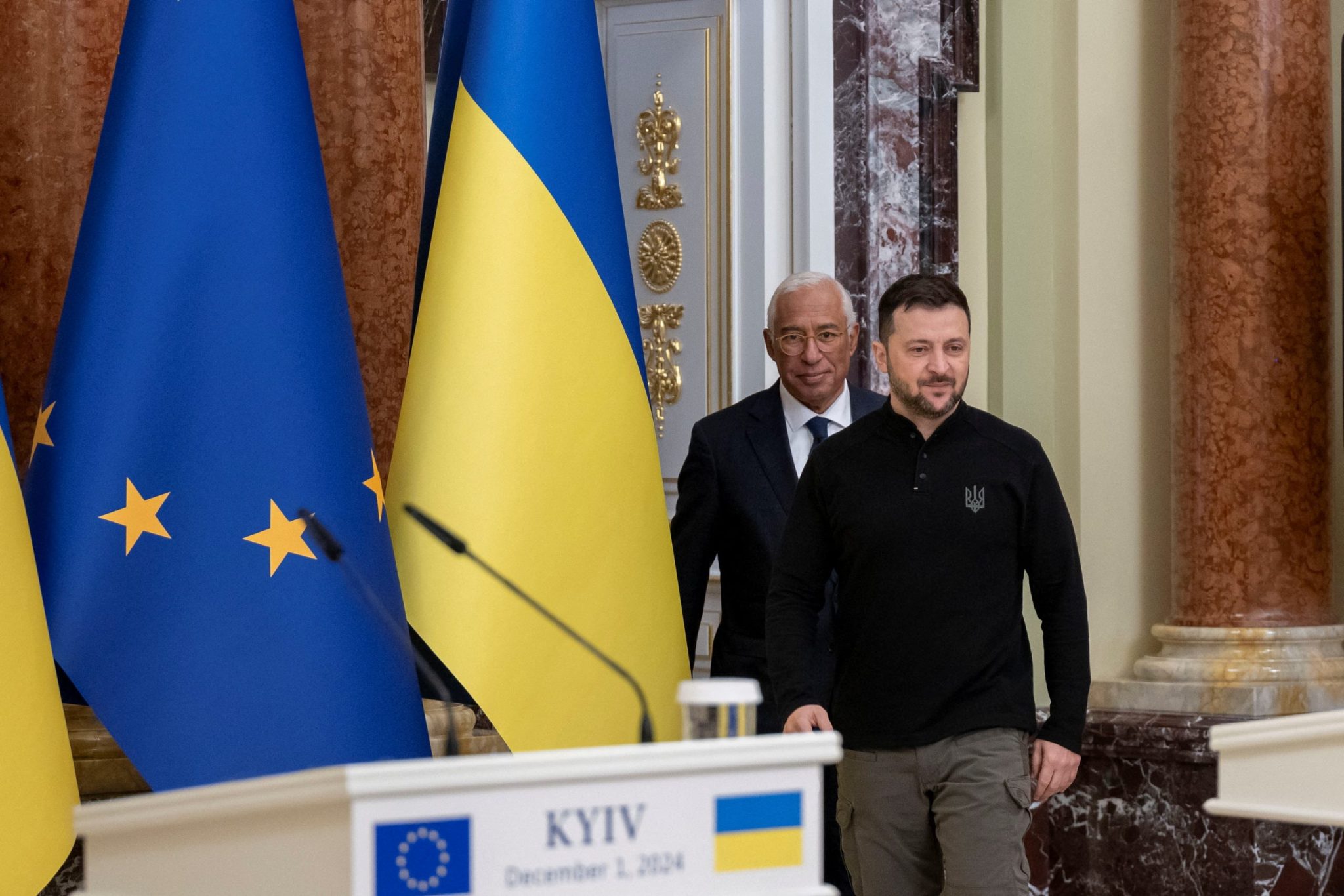Coco Gauff has taken the tennis world by storm, establishing herself as one of the most electrifying young stars in the sport. But beneath the glory of her Grand Slam success and top-tier status, a technical Achilles’ heel continues to linger—her forehand. Once a reliable weapon, it has morphed into an erratic liability, spewing unforced errors at critical moments. And now, one of her earliest coaches, Sly Large, is pointing fingers at the decision-makers who, in his view, let the issue spiral out of control.
A Problem Ignored? Early Coach Sounds Off
Large, who guided Gauff through her junior years, believes the forehand flaw was entirely preventable—had it been properly addressed before she transitioned to working with high-profile coaches like Patrick Mouratoglou.
“What happened somewhere along the line, between 13 and when she went to Mouratoglou, she started developing a little hitch in her forehand,” Large revealed. “My only guess is, I didn’t see her for a couple of years, but I believe they must have taken their eye off of her forehand.”
It’s a damning indictment of Gauff’s developmental path. According to Large, the forehand was never an issue under his watch. It was a daily point of emphasis—constantly refined, consistently monitored. But when she became the No. 1 junior player in the world at just 13, he suspects complacency set in.
“Nobody was keeping an eye on everything, making sure that what got her to the No. 1 spot kept that going,” he said. “For four years, we never took our eyes off the forehand. It was always a work in progress.”
Did Success Overshadow a Growing Problem?
Large says he noticed the issue creeping into Gauff’s game when she was around 15 or 16. But by then, the problem was already deeply ingrained. More concerning to him, however, was that even after top-level coaches saw the technical flaw, they seemingly made no effort to fix it.
“What I’m surprised about—even when the new coaches saw it, they did not make an effort to clean it up because she was winning, still No. 1 in the world [in her age group],” he stated.
And then comes perhaps the most stinging criticism of all—his take on current coach Brad Gilbert’s approach to the problem.
Brad Gilbert’s Stance: ‘No Changes Needed’—A Costly Mistake?
Gilbert, a coaching mastermind known for guiding players like Andre Agassi and Andy Roddick to Grand Slam success, has taken a different stance on Gauff’s forehand. Large, however, is not convinced it’s the right call.
“The most disappointing part is listening to a couple of her coaches, especially Brad Gilbert, who I think is a very good coach,” he said. “He actually said they weren’t going to change anything in the forehand.”
Large was stunned.
“I’m like what! That was Cori’s strong point growing up,” he exclaimed. “If they just spent a couple of months making the tweak… That’s what makes the men so good—[Roger] Federer, [Novak] Djokovic, [Rafael] Nadal—they kept improving when they were growing. It’s amazing, they kept improving even in their 30s.”
Is Gauff’s Forehand Holding Her Back?
Despite her rise to the top of the women’s game, the inconsistency in Gauff’s forehand continues to be a major talking point. It has been a persistent issue, especially against elite opponents who exploit it under pressure.
As she battles for continued Grand Slam success, the question lingers: Has Gauff’s camp made a critical miscalculation in refusing to correct the technical flaw? Or will she, like the legends before her, take control of her evolution and make the necessary adjustments before it costs her more big titles?
One thing is clear—her former coach believes the fix should have come years ago. And if she doesn’t address it soon, it may become the one thing that stops her from truly dominating women’s tennis.









